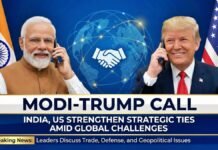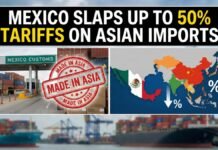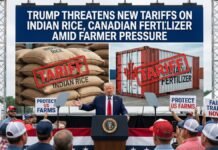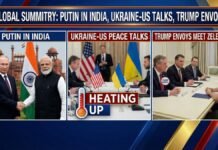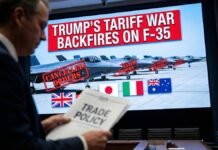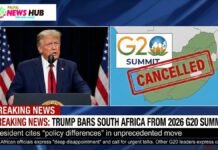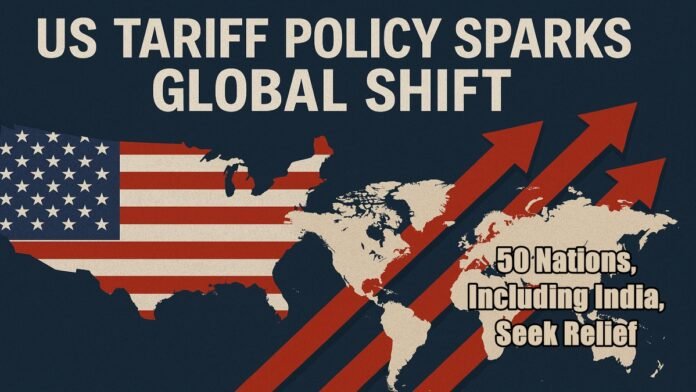
Key Points:
- Nearly 50 countries, including India, have approached the US to negotiate tariff reductions following President Trump’s sweeping trade policies.
- The US Trade Representative highlighted the disparity in tariffs, with the US averaging 5% on agricultural goods compared to India’s 39%.
- Trump’s “national emergency in trade” aims to reduce the $1.2 trillion trade deficit and revive domestic manufacturing.
- Stock markets remain volatile amid uncertainty over the long-term impact of these tariffs.
Washington, DC: President Donald Trump’s aggressive tariff policy is reshaping global trade dynamics, as nearly 50 nations, including India, have reached out to the United States seeking relief from steep tariffs and trade barriers. US Trade Representative Jamieson Greer disclosed this development during a Senate Finance Committee hearing, emphasizing that Trump’s “national emergency in trade” is beginning to yield results.
Greer described this as a pivotal moment for the US economy, citing progress in reducing the trade deficit and revitalizing domestic industries. He noted that countries like Argentina, Vietnam, Israel, and India are now seriously considering lowering their tariffs in response to Trump’s push for trade reciprocity.
Addressing Trade Imbalances
Greer highlighted the stark inequality in tariff structures as a key factor behind America’s trade deficit. While the US imposes an average agricultural tariff of just 5%, countries like India maintain much higher rates—averaging 39%. This imbalance has contributed to decades of job losses and factory closures in the US. Since 1994, America has lost 5 million jobs and 90,000 factories due to unfavorable global trade policies.
To tackle this issue, Trump has implemented sweeping tariffs on steel, aluminum, autos, and other imports. According to Greer, these measures aim to restore balance by encouraging fairer trade practices globally.
Impact on Global Markets
The announcement of these tariffs has sent shockwaves through global financial markets. The S&P 500 and Nasdaq indices have suffered significant declines, with trillions of dollars wiped from market capitalization in recent days. Economists warn that American consumers may face higher prices on everyday goods as a result of these policies.
Despite market volatility, Greer defended the administration’s approach as a necessary step toward long-term economic reform. “This is not just a pressure tactic; it’s about achieving lasting change,” he stated.
India Among Nations Seeking Relief
India is among the nations actively engaging with the US to mitigate the impact of these tariffs. While India’s average tariff rate stands at 39%, it has expressed readiness to lower duties on key imports from the US. Discussions are underway to finalize a bilateral trade agreement that could provide relief for both sides.
India’s efforts include reducing tariffs on sectors like gems, jewelry, and automotive parts while exploring new export markets to diversify its trade portfolio. Prime Minister Narendra Modi’s government has already taken steps such as lowering duties on premium motorcycles and eliminating digital service taxes affecting US tech companies.
Challenges Ahead
While Greer acknowledged progress in negotiations with several countries, he admitted that challenges remain. China has adopted a combative stance by imposing retaliatory tariffs and restricting exports of critical goods. Meanwhile, stock market instability reflects investor concerns over the long-term implications of these policies.
Greer assured lawmakers that most nations are open to dialogue and have refrained from retaliatory actions against the US. However, he emphasized that achieving true trade reciprocity will take time and sustained effort.
President Trump’s sweeping tariff measures mark a significant shift in global trade policy. As nations scramble to adapt, the US aims to leverage its position to reduce its $1.2 trillion trade deficit and revive domestic industries. While uncertainty looms over markets and consumers brace for higher prices, this bold strategy could redefine international trade relations for years to come.









